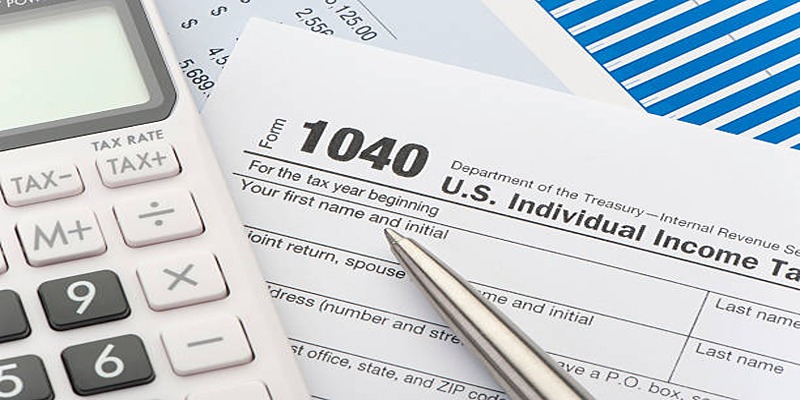Steps to create a balanced ETF portfolio
ETFs are now considered to be quite appealing for both novice and experienced investors. They offer an opportunity to create a diversification plan for investing without having to pay high fees. ETFs are like mutual funds but are listed on an exchange, which makes them a convenient investment vehicle in the market. Thus, the construction of a well-diversified ETF portfolio allows one to minimize risks and gain good results in the long run. It shows how to manage assets and rebalance the portfolio, whether one is investing in index funds or any sector-specific ETFs. This paper will discuss ETF portfolio techniques, the best types of ETFs, and other useful pointers to increase performance for low-risk investment.

Understanding ETF Portfolios
What Is an ETF Portfolio?
An ETF portfolio is an investment portfolio that is composed of exchange-traded funds that will give the investor exposure. As a result of this, ETFs help investors to achieve diversified investing and distribute risk across the various sectors and industries. The main potential that belongs to the ETF portfolio is a high degree of flexibility, a low cost of creation, and the possibility to track large stock indices. This makes it a good investment destination, whether for long-term or short-term investment.
Benefits of ETFs for Diversified Investing
It is also important to note that ETFs have the following advantages for investors who want to invest in a low-risk investment plan. First, they help to diversify instantly, thus minimizing the effects of fluctuating stock prices of some of the individual stocks in the portfolio. The advantage of a single ETF is that it can contain hundreds or even thousands of stocks or bonds, so the portfolio will always be balanced. Second, most ETFs are cheaper than mutual funds since they have lower expense ratios for management fees. Third, ETFs enable the investors to develop a personalized investment plan to invest in a certain type of asset class, industry, or region of the world. Lastly, ETFs mean that it is easy to purchase and sell assets without necessarily affecting the price, which is important when trading in the short term.
Key Strategies for Building a Strong ETF Portfolio
Asset Allocation and Risk Management
It is always important to have a proper management of entitlement as a basis for an efficient ETF portfolio. While moderate risk takers may prefer a 60/40 ratio of the bonds to stocks, high-risk takers may prefer an 80/20 ratio of the stocks to the bonds. Managing risks is a crucial activity because it can minimize the losses that may occur in the project. This way, no market decline will significantly impact the portfolio because it is spread across industries, regions, and types of assets. Diversification is a sure way of ensuring that an investor earns good returns even in the current volatile market.
Choosing Between Index Funds and Sector ETFs
There are those that are general investment funds and those that are specialized in certain industries, and this causes a lot of debate in terms of which one is the best to use while setting up an investment portfolio. Sector ETFs are specialized in certain industries such as information technology, health care, or energy. However, as with most things in life, these ETFs have a higher rate of growth than others of the same kind, but with higher risk. Appropriate securities in the portfolio can include index funds for stability and sector funds for potential growth. The combination to be taken depends on the risk tolerance and the outlook of the market by the investor.

Best Types of ETFs for Diversified Investing
Broad Market Index Funds
These are solid foundation for any investment portfolio, particularly when it comes to exchange-traded funds (ETFs). By investing in these ETFs, individuals gain access to long-term market growth without the need to analyze and pick individual stocks. This makes them an excellent choice for both beginners looking to enter the stock market and experienced investors seeking consistent returns. Their ability to offer diversification and stability makes them a preferred option for building wealth over time.
Bond and Fixed-Income ETFs
Low risk investment is an important and necessary component in the ETF market and bond ETFs can add stability and income to the ETF portfolio. This is because, as compared to stocks, bonds provide fixed interests, which are good for retirees and other conservative investors. Some of the examples of government bond ETFs are iShares US Treasury Bond ETF which are safe and reliable investment instruments. Bond ETFs of the corporate type offer slightly higher returns but with increased credit risk. Investing in municipal bond ETFs is also beneficial when it comes to tax concerns since it is ideal for those individuals with high incomes. Therefore, integrating bond ETFs into one's investment portfolio is important as it helps diversify the portfolio, thus minimizing the high risks that come with investing in stocks when the market is down. These ETFs are an economic buffer that aims at protecting investors against fluctuating economic conditions.
How to Optimize ETF Portfolio Performance
Diversification is very critical in investment, and rebalancing is very important to ensure that the investment is balanced again. Sometimes through time, the weights of different ETFs in the portfolio may diverge from the intended target weights. For instance, if the stocks go higher than the bond returns, a 60/40 split may change to 70/30 as a result of taking more risk. To rebalance, an investor has to sell those assets that he possesses in a higher proportion than the recommended proportion and buy those that he possesses in a lower proportion than the recommended proportion. This process is used in determining the right level of risks to be taken and the stability to be achieved in the long run.
Conclusion
To manage an ETF portfolio well, portfolio construction should be well planned and structured. Therefore, index funds, sector ETFs, and other low-risk investments such as bond ETFs can be used to achieve steady growth. Reducing, controlling and eliminating over-concentration is another measure that must be taken to sustain a good investment strategy. It is easy to invest in ETFs since they are relatively cheap and can be used by both the new and experienced traders in the financial market. By following these strategies, investors can create a diversified investing plan that ensures long-term financial security and steady returns.












